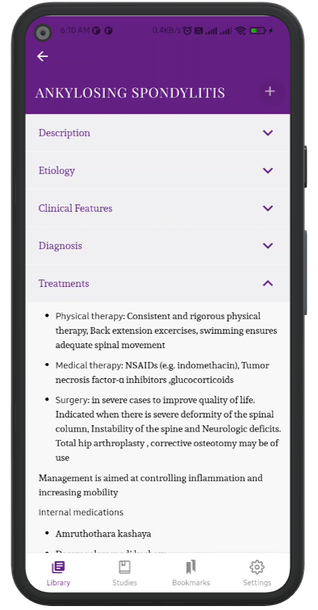ACNE VULGARIS
Description
- Acne vulgaris is a self-limited disease seen frequently in adolescents and primarily involves the sebaceous follicles. The hallmark of acne is comedones, which can develop further into inflammatory papules, pustules or even abscesses and nodules. As a sequelae to active lesions –pitted or hypertrophic scars will be formed
- Symptoms typically begin in early puberty and cease spontaneously during the third decade of life
Types
- Occurs predominantly on the face (99%), back (60%) and chest (15%). Infraorbital area is spared even in severe acne
- Two type of lesions are seen : Non inflammatory (comedones) and inflammatory
- Comedones are the pathognomonic lesions of Acne. They are conical, raised lesions with a broad base and plugged apex. Two types of comedones are seen – blackheads/ open comedones and white heads/ closed comedones
- Inflammatory lesions include papules, pustules, and nodules or nodulocystic lesions. In the most severe variant, acne can present with cyst and abscesses
- Some amount of scaring occurs in 90% acne .These could be hypertrophic scars, keloids, atrophic scars or ice pick scars
- Nodular Acne (>5mmin diameter) commonly occurs on the back and neck
- Acne conglobata : rare type of acne, which is highly inflammatory and presents with comedones, nodules, abscesses, and draining sinus tract. Healing occurs with severe scarring
Differential diagnosis
- Rosacea : has facial flushing, typically pustules occurring over erythematous background
- Perioral Eczema : lesions itch, skin is dry and there are no comedones
- Acneiform drug eruptions : sudden onset, follicular monomorphous eruptions characterized by papules and pustules resembling acne
Investigation
- Usually clinical diagnosis is made
- Elevated serum androgens(>150 ng/ml) and DHEAS(>8000 ng/ml)
- In patients with associated PCOD - LH: FSH ratio, serum progesterone, Prolactin, fasting insulin
Treatments
Internal medicines
- Nimbadi kashaya – In initial stages
- Patolakaturohinyadi kashaya- in infective stages
- Sonitamrutam kashaya
- Guduchyadi kashaya
- Manjishtadi kashaya
- Chandraprabha gutika – reduce inflammatory response
- Kaisora guggulu
- Vilwadi gutika – for microorganisms associated with acne
- Avipathy choorna – in samana matra
- Khadirarishtam + Nimbamritasava- Normalise desquamation
- Abhayarishta + Aragwadharishta
- Madhusnuhi rasayana, Tiktaka ghrita – in later stages
Procedures
- Nimbadi / Eladi choorna in takra - Lepa
- Triphala + yasthi choorna Lepa
- Triphala / Ksheeri vriksha (Nalpamara ) kashaya kshalana
Department
Agada Tantra

